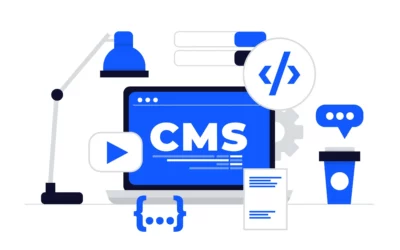Introduction
Testing is a crucial phase in the software development life cycle, ensuring that applications meet quality standards and perform optimally. As software projects grow in complexity, testing times can become a bottleneck. Enter parallel testing—a game-changer in the world of software testing. In this comprehensive guide, we’ll explore parallel testing, its benefits, implementation strategies, and tools to help you supercharge your testing efforts.
Understanding Parallel Testing
Parallel testing involves running multiple test cases simultaneously to expedite the testing process. Instead of executing tests sequentially, parallel testing harnesses the power of parallelism, allowing multiple tests to be conducted concurrently.
Why Parallel Testing Matters
- Reduced Testing Time: Parallel testing significantly cuts down testing time by executing tests concurrently, leading to faster feedback on the application’s health.
- Improved Test Coverage: Running tests in parallel allows for broader test coverage, ensuring that more scenarios are tested within a given timeframe.
- Optimized Resource Utilization: Parallel testing optimizes resource utilization by distributing tests across multiple machines or processors, making efficient use of available resources.
- Early Detection of Defects: Faster test execution means quicker detection of defects, facilitating timely bug fixes and reducing development cycle times.
Implementing Parallel Testing Strategies
- Test Suites Parallelization: Divide test suites into smaller, independent subsets and execute them concurrently. This approach is effective for scenarios where tests don’t have dependencies on each other.
- Cross-Browser Parallelization: Run tests concurrently across different browsers and browser versions. This strategy ensures that web applications are compatible with various browser environments simultaneously.
- Data-Driven Parallelization: Execute tests with different datasets concurrently. This approach is beneficial for scenarios where the same test logic needs to be applied to multiple data inputs.
- Device Parallelization: Run tests concurrently on different devices, ensuring compatibility across various platforms and devices simultaneously.
Tools for Parallel Testing
- Selenium Grid: Allows parallel test execution across multiple browsers and machines, enabling efficient cross-browser testing.
- TestNG: A testing framework for Java that supports parallel execution of tests at the method or suite level.
- JUnit 5: Supports parallel test execution, allowing tests to run concurrently for faster feedback.
- Cucumber: A behavior-driven development (BDD) tool that supports parallel execution of scenarios, enhancing the efficiency of acceptance testing.
- Docker: Enables containerization, allowing tests to run in isolated environments. Docker can be utilized to parallelize tests across different containers.
Best Practices for Parallel Testing
- Identify Independent Test Cases: Choose test cases that can run independently to maximize parallelization benefits.
- Maintain Test Data Isolation: Ensure that tests running in parallel do not interfere with each other’s test data, maintaining test data integrity.
- Monitor Resource Usage: Keep an eye on resource utilization to prevent overloading systems during parallel test execution.
- Handle Dependencies Carefully: If certain tests have dependencies, manage them appropriately to maintain the integrity of test results.
- Regularly Review Test Suite Parallelization: As the application evolves, periodically review and optimize test suite parallelization strategies for maximum efficiency.
Conclusion
Parallel testing is a powerful strategy to expedite the testing process, providing quicker feedback on software quality and performance. By leveraging parallel testing strategies, implementing the right tools, and following best practices, development teams can significantly enhance their testing efficiency, ultimately delivering high-quality software in a more timely manner. Embrace parallel testing to stay ahead in the fast-paced world of software development, where speed, reliability, and quality are paramount.





